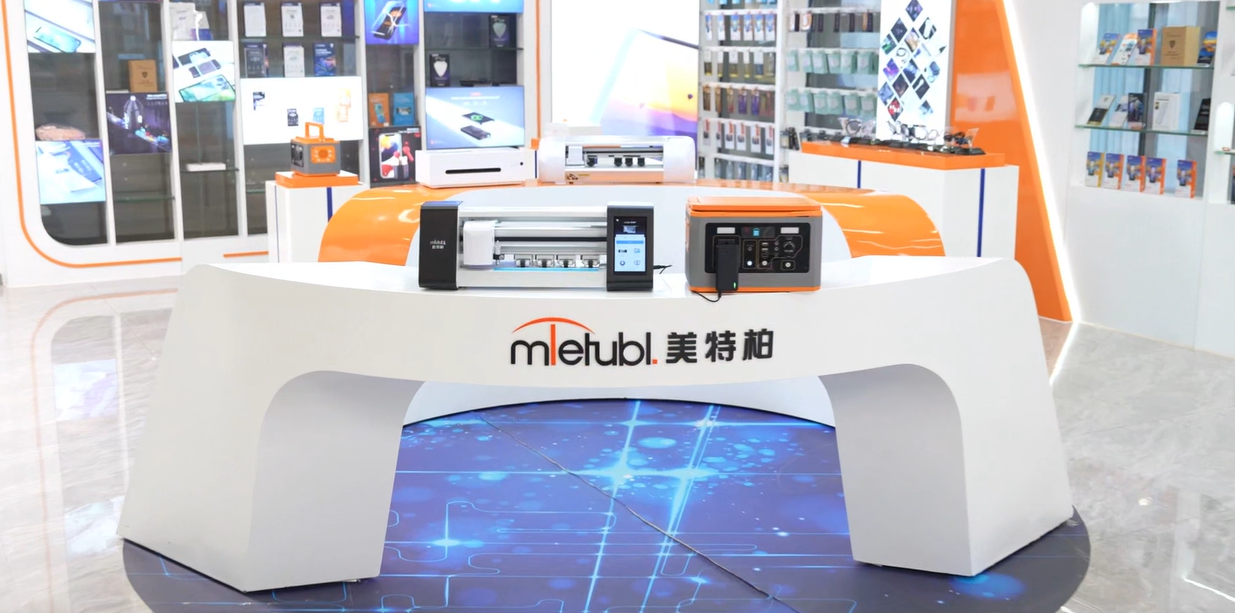
MIETUBL Brand Overview
MIETUBL is a brand originating from China and thriving through China’s intelligent manufacturing. It is committed to providing high-quality mobile accessories and related products to global consumers. Since its inception in 1998, the brand has followed the trends of the times, focusing on resource integration and building a symbiotic and shared industry ecosystem, enabling global consumers to conveniently access quality products that enhance their lives.
By continuously innovating and diversifying its product offerings, MIETUBL has achieved significant success in the mobile accessory industry. As a brand driven by customer value and innovation, MIETUBL has expanded into various product applications while accumulating rich industry experience and establishing a stable customer base. Headquartered in Zengcheng, Guangzhou, the company has strategically positioned itself within the mobile accessory industry, integrating high-quality production resources and aiming for a win-win business model.
Core Values and Development Vision:
-
Customer-Centric: MIETUBL always prioritizes customer needs, continually enhancing product quality and consumer experience through innovation and technological research and development.
-
Resource Integration and Industry Symbiosis: By integrating industry resources, MIETUBL creates a symbiotic, shared industry ecosystem, connecting global distributors and consumers, and promoting mutual growth across the value chain.
-
Global Vision: MIETUBL is committed to bringing Chinese manufacturing to the world, providing global consumers with high-quality, innovative mobile accessories, while offering profitable opportunities for distributors.
MIETUBL’s long-term vision is to continually enhance its products through innovation and quality, establishing “MIETUBL” as a globally trusted brand, recognized in markets around the world.
PRODUCTS
Why Tempered Glass Is More Durable Than Regular Glass
Enhanced Strength and Impact Resistance
The primary reason tempered glass is more durable is its significantly increased strength. This enhanced strength stems directly from the tempering process itself. Regular glass, also known as annealed glass, cools slowly and uniformly after manufacturing. This results in a glass structure with relatively uniform internal stresses. However, tempered glass undergoes a specific heat treatment. It’s heated to a high temperature, close to its softening point, and then rapidly cooled, usually by jets of air. This rapid cooling induces compressive stresses on the surface and tensile stresses in the core. This internal stress configuration is the key to its superior strength.
Think of it like a tightly wound spring. The compressive stresses on the surface act like a protective layer, resisting external forces. When an impact occurs, the compressive stresses must first be overcome before the glass begins to fracture. This significantly increases the amount of force required to break the glass compared to annealed glass. This higher resistance to impact explains why tempered glass is the preferred choice for applications where safety and durability are paramount, such as car windshields and shower doors.
Shatter Resistance and Safety
Beyond increased strength, tempered glass exhibits markedly different fracture behaviour than regular glass. When annealed glass breaks, it shatters into large, sharp shards that can cause serious injury. This is a significant safety hazard. Tempered glass, on the other hand, fractures into many small, relatively harmless granular pieces when subjected to high impact. This "dicing" effect is a direct result of the internal stresses created during the tempering process. The compressive stresses on the surface prevent the propagation of large cracks. Instead, when the glass finally does break, the internal tensile stresses cause it to crumble into numerous small, relatively blunt fragments.
This safety feature makes tempered glass ideal for applications where the potential for injury is high. Consider its use in automotive windshields, where the safety of occupants is paramount. The small, granular pieces of broken tempered glass are far less likely to cause serious injury compared to the jagged shards of regular glass. This inherent safety characteristic is a key reason why tempered glass is mandated for various safety-critical applications across numerous industries.
Thermal Shock Resistance
Tempered glass also displays superior resistance to thermal shock compared to annealed glass. Annealed glass is prone to cracking or shattering when exposed to rapid temperature changes. This is because the uneven expansion and contraction of the glass generates internal stresses that can exceed its strength. However, the compressive stresses induced during the tempering process enable tempered glass to withstand more significant temperature fluctuations without fracturing.
The compressive stresses counteract the tensile stresses generated by thermal expansion and contraction. This increased resistance to thermal shock makes tempered glass suitable for applications involving significant temperature variations, such as oven doors or cookware. While it's not invincible to extreme temperature changes, its tolerance is vastly superior to that of annealed glass.
In conclusion, the superior durability of tempered glass compared to regular glass is a direct consequence of the tempering process. The induced compressive stresses enhance its strength, impact resistance, and resistance to thermal shock, leading to a significantly safer and more robust material. This makes tempered glass the material of choice for countless applications where strength, safety, and longevity are essential.
SUBSCRIBE
INQUIRY